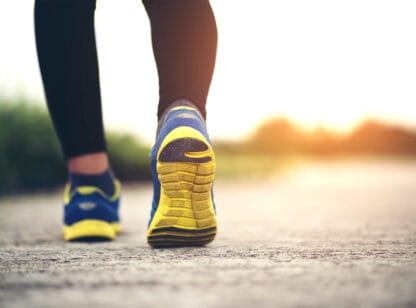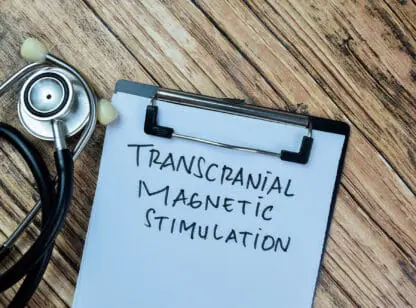The term “Swiss ball,” also known as the exercise ball, was made popular by U.S. therapists who first saw their use in physical therapy clinics in Switzerland. Actually, the balls originated in Italy when a toy manufacturer, Aquilino Cosani, first produced large vinyl balls in 1963. His Gymnastik™ balls were used in hospitals and clinics in Europe. Cosani later developed the ever popular line of Gymnic™ balls.
For many years, the exercise ball was used primarily for physical therapy before making its way into the fitness industry. Al Vermeil, strength and conditioning coach with the Chicago Bulls, was the first hall of fame coach to integrate Swiss ball training into the professional sports training arena. The balls are now used widely in gyms, therapy clinics and high performance strength and conditioning arenas. However, when I visit local gyms, I often notice them sitting in a corner nearly deflated and rarely used. It seems few know the advantages of using this phenomenal – and inexpensive -piece of equipment.
The following summarizes the main advantages of using the Swiss ball as part of your workout.
- Improved posture – Moshe Feldenkrais, who developed a therapy for human movement, postulated that the worse your posture, the more energy it takes to move your body. Americans’ postures are not helped by the fact that we sit entirely too much, looking at the computer or cell phone for hours each day. Sitting on a ball at work can wake up those muscles while still allowing productivity. Exercising on the ball requires also the use of postural muscles not needed when doing machine-based exercises. You can sit on it, lie on it, kneel or stand on it, and almost the entire body is activated as you try to avoid falling off the ball.
- Improved balance/stability – Ball training improves the function of neutralizer and stabilizer musculature. Neutralizer muscles counteract the actions of other muscles to ensure smooth, coordinated movements, while stabilizer muscles surround your joints and protect them from injury.
- Nervous system activation – Swiss ball training encourages a high level of nervous system activity, so that when you go out in the real world you can adapt to sudden changes in the environment and your base of support.
- Core and extremities strengthening – Swiss ball training requires constant activation of your core. Placing your body in different positions and using one arm at a time or one leg at a time forces the opposite side to work extremely hard to maintain good posture and balance.
- Effective rehabilitation tool – Because of its instability, the Swiss ball recruits many muscles at once and aids in post-surgical rehabilitation. After spinal surgery, although the patient cannot handle spinal compression, one can safely rehabilitate with only 25-35% of horizontal compression by sitting on the ball, as compared to the compression while standing. You can get the body into positions that activate many muscles with the least amount of compression, and this can be done with any joint.
Michael K. Butler is co-owner of Kinetix Health and Performance Center and can be reached at (760) 200.1719. [email protected]. www.kinetixcenter.com











































Comments (0)